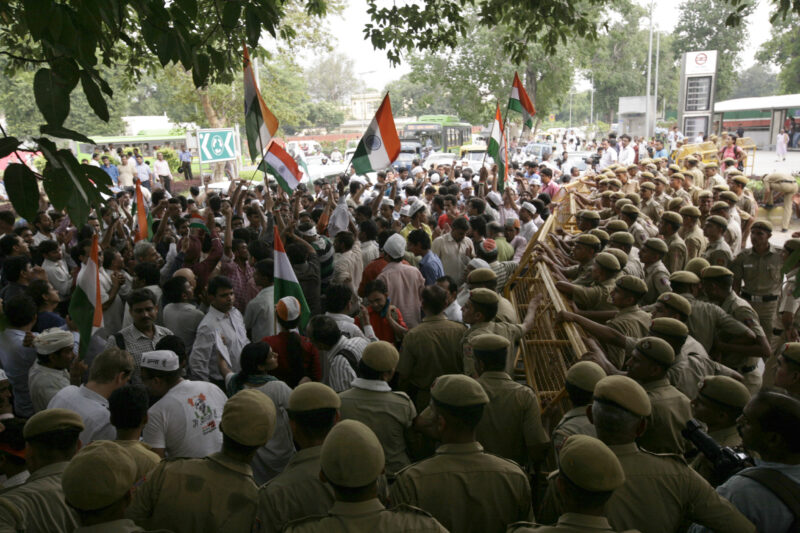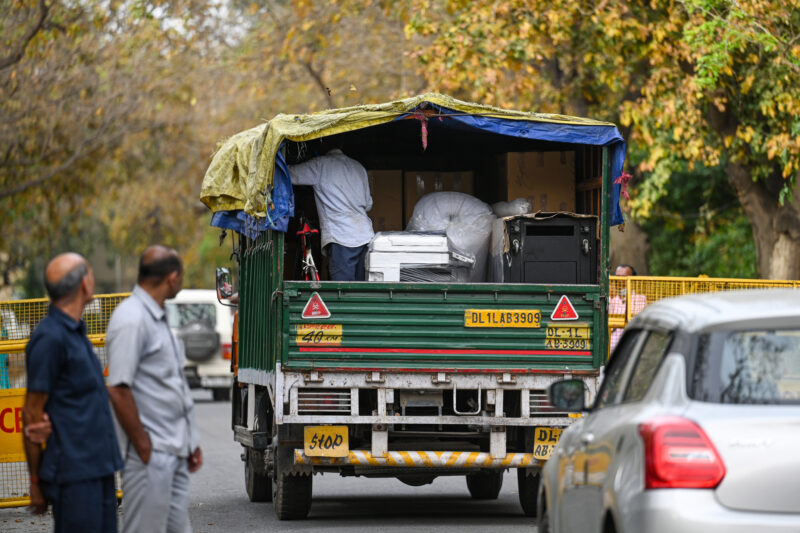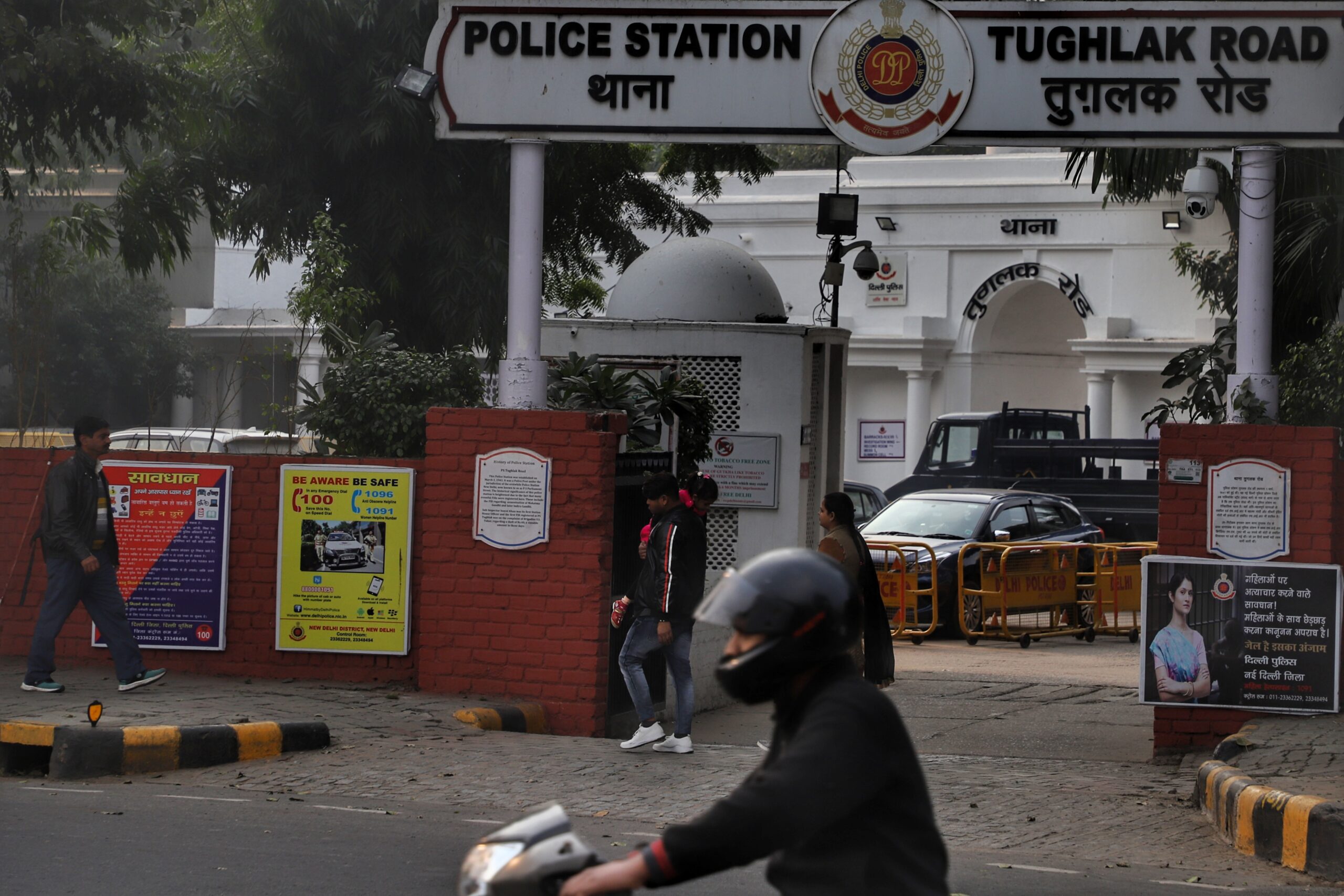As you enter Tughlaq Road from Tees January Marg, Akbar Road or Krishna Menon Marg sides in the tony Lutyens’ Delhi, the old trees of jamun with huge roots and dense foliage protect you from the scorching sun.
Generations of Delhi have enjoyed, during monsoon, the sweet jamuns of these trees which are mute witness to so many changes that have taken place here over the last several decades.
They have seen leaders from Charan Singh to Lalu Yadav and Sharad Yadav to Rahul Gandhi and many more, who have lived in the palatial bungalows of Tughlaq Road or Tughlaq Lane.
Mostly, these leaders vacate their abodes once they demit office. Senior Congress leader and former Lok Sabha MP Rahul Gandhi recently vacated his 12, Tughlaq Lane bungalow, where he lived for 19 years.
For several years, Union external affairs minister, S. Jaishankar, was Rahul Gandhi’s neighbour at 12, Tughlaq Road. Only road and lane divided them. It is said that letters to these two leaders would very often get swapped.
Well, former Union aviation minister and Rashtriya Lok Dal (RLD) chief Ajit Singh had also lived at 12, Tughlaq Road.

He was forced to vacate the house in 2014. He was demanding that the house be converted into a memorial for his father, former PM Charan Singh. Charan Singh occupied 12, Tughlaq Road when he became a minister in the Morarji Desai cabinet in 1977.
Ajit Singh made the demand for his father’s memorial only after the directorate of estates served him an eviction notice. But when he failed to vacate the bungalow, New Delhi Municipal Council (NDMC) snapped power supply. This resulted in protests by RLD supporters in Ghaziabad and other parts of western Uttar Pradesh.
Rahul Gandhi had Sharad Yadav as neighbour till last year. The latter was occupying 7, Tughlaq Road for years together and was in tears when he had to leave it.
Two historic FIRs
During his almost two-decade long stay at Tughlaq Lane, he would pass by the 1941 built Tughlak Road police station more often than not. It goes without saying that while crossing the police station, he would think of his grandmother, former PM Indira Gandhi without fail. Well, the significance of this police station is increased due to the fact that many eventful FIRs were registered here. These include the FIRs regarding the assassination of Mahatma Gandhi and later Indira Gandhi. Arguably, you would not find many police stations with such a ‘gory track record’ about political leaders.
October 31,1984
It was October 31, 1984, and winter was setting in the Capital. In order to warm up for the day, some cops of Tughlak Road police station were sipping tea inside their room. And Station House Officer (SHO) Rajindra Prasad was having a chat with his deputy, JS Joon.
After their brief interaction over hot tea, both the Delhi Police veterans split. It was another day at the office for sturdy head constable Narayan Singh posted at 1, Safdarjung Road attached to the Tughlak Road police station.
He was in the duty of Prime Minister Indira Gandhi’s personal security since 1980. He had seen Rahul Gandhi and his sister, Priyanka Gandhi in his teens there.
It was around 9.30 am on October 31, 1984 and SHO Rajindra Prasad was about to leave the police station for a round of Tees January Marg, Khan Market and Aurangzeb Road. But he got an earth-shattering information through wireless that “PM Indira Gandhi is shot in her house”. He couldn’t believe. He was trembling.
“Within seconds the Tughlak Road police station cops came out of their slumber. There was near commotion there,” JS Joon had once recalled.
Rajindra Prasad with his team rushed to the PM House immediately. Inside the PM House, head constable Narayan Singh had witnessed the shooting incident. A First Information Report (FIR No. 241/84) based on the account of Narayan Singh was recorded at the Tughlak Road police station.
After serving Delhi Police gallantly for around 37 years, Narayan Singh retired in 2010 and shifted to his native place Chamoli in Uttarakhand. Rajindra Prasad and Joon retired in 1999 and 2008 respectively.
Tughlaq Road, January 30, 1948
If winter was setting in on October 31, 1984, it was shivering cold in Delhi on January 30, 1948. Jaswant Singh, DSP, Parliament police station, and Dasondha Singh, Inspector of Tughlak Road police station, were right at the gate of Birla House at Albuquerque Road (now Tees January Marg) when Nathuram Godse shot Mahatma Gandhi. They had heard the gun shots.
As Tughlak Road police station was part of the Parliament police station then, both Jaswant Singh and Dasondha Singh were visiting Birla House in order to see if all was well at the daily prayer meeting of Bapu. It was total chaos inside the Birla House. Godse was nabbed by those who came to attend the prayer meet of Bapu. Later, the crowd handed over Godse to Jaswant Singh and Dasondha Singh.
Though Bapu’s assassination took place at 5:17 pm the FIR no. 68 was written at 9.45 p.m.
On the basis of eye-witness account of one Nand Lal Mehta, ASI Dalu Ram wrote the FIR. Mehta was a Gujarati gentleman and visited Birla House daily to hear the sermons of Gandhiji. He was a resident of M-56, Connaught Place.

Mehta passed away in the early 70s and his family left their Connaught Place residence in 1978. Meanwhile, the grand kid of Jaswant Singh still lives in Vivek Vihar in East Delhi. Jaswant Singh was a Punjab Police officer who was on two-year deputation in Delhi when Bapu was shot. It is said that Dasondha Singh’s family migrated to Canada many years ago and South Delhi’s Shahpur Jat resident Dalu Ram passed away long ago.
The temple
Who can miss the small Hanuman Mandir on Tughlaq Road. It lies on the left side if you drive from Tughlaq Road towards Krishna Menon Marg and attracts lot of devotees on Tuesday and Saturday. Old timers recall that even Lal Bahadur Shastri and Jagjiwan Ram were regular visitors there.
Recalls Tamil and Hindi poet Bhaskar Rammurthy, “I vividly remember when Lal Bahadur Shashtri used to visit here to offer prayers. We, friends from INA colony, too would drive down to Tughlaq Road on our bicycles. That was in early 1960s.”





